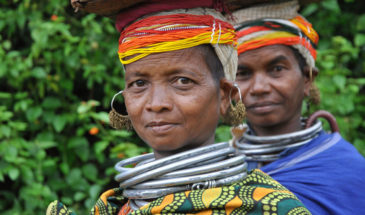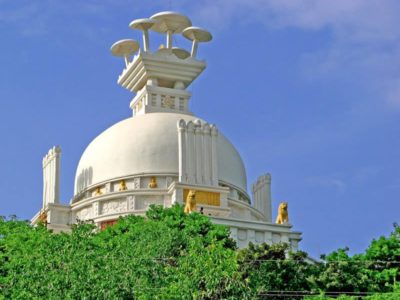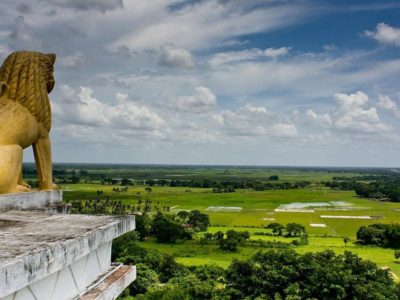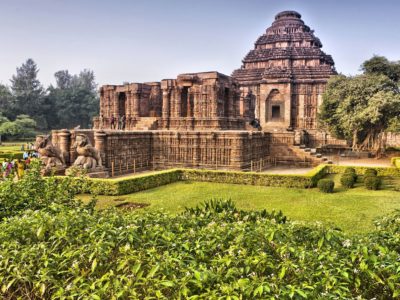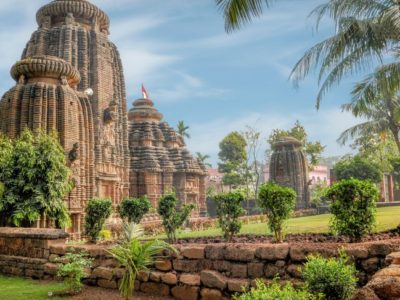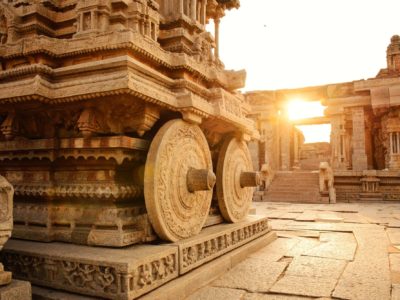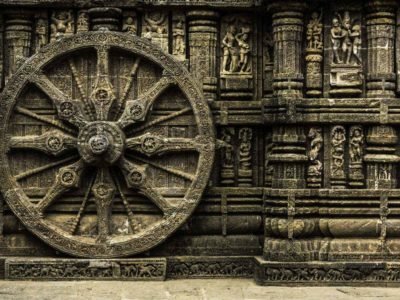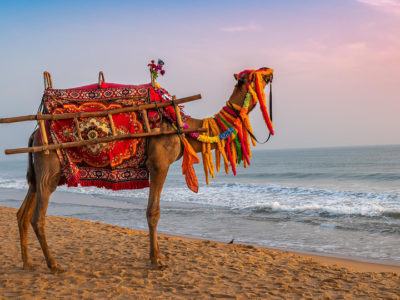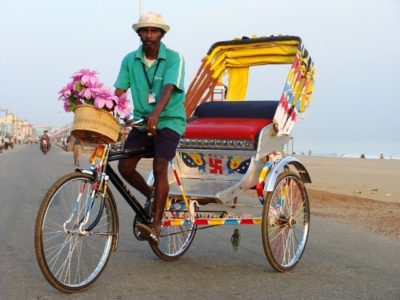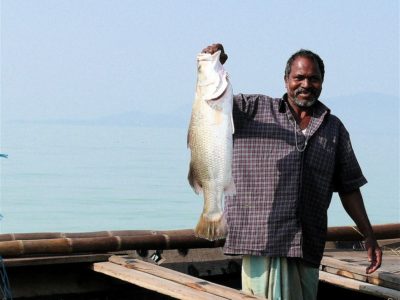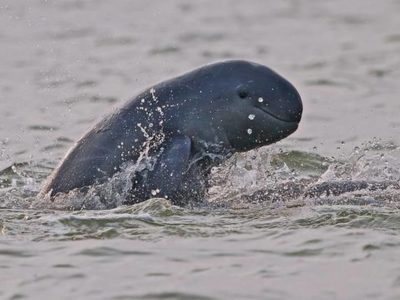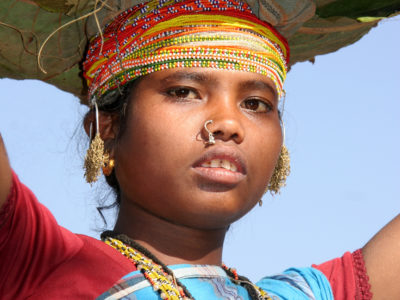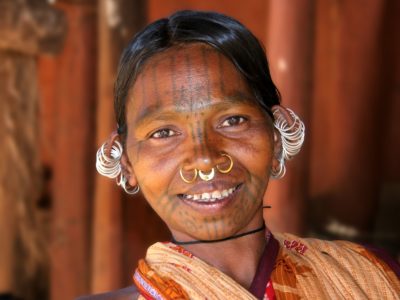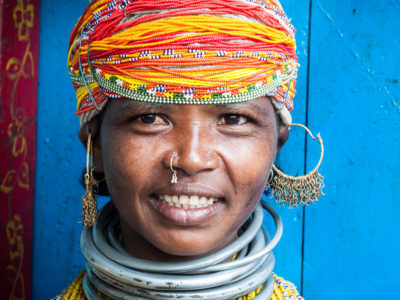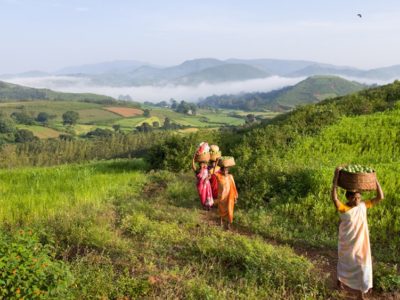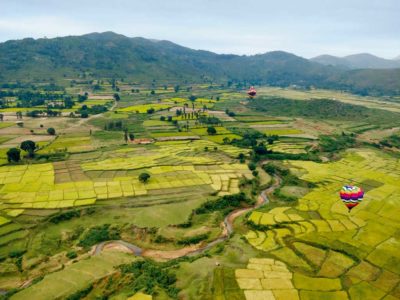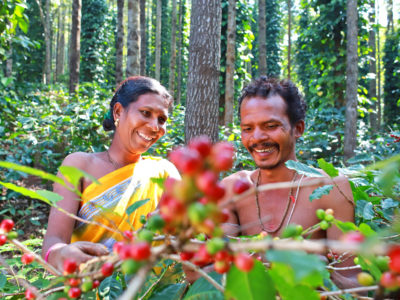Tribes of Odisha
- Overview
- Itinerary
- Map
- Pictures
The state of Odisha (formerly Orissa) is teeming with natural beauty and resources amidst an abundance of sanctuaries, dense forests and a preserved coastline. There are still many less explored or discovered places, as few travellers have ever heard of Orissa, with guides generally granting it the finest chapter of their publications, yet today most Indians have ever thought of visiting the area. In some pockets, you may think that you have been sent back to the Stone Age. Tools from the Paleolithic period have been found there. When you travel across the state, you will find it hard to believe that India can hide such a wonderful secret.
Orissa, where 90% of the population is still rural and where the forest covers a third of the territory, is home to 10% of the Adivasi (indigenous) populations of India, which is the third highest concentration of tribal peoples in India by state. But the diversity of Orissa’s tribes is breathtaking. Sixty-four tribes are registered throughout the state. While some have been assimilated into the Hindu mainstream and have abandoned their ancestral way of life, some remain rooted in a way of life as old as humanity. Here, time stops, the pace of life is sweet and the picturesque and pastoral charm is anything but a vain marketing word.
Few parts of India retain a diversity of traditional art forms as rich as Orissa. The patronage of the nobility and the rich temples in medieval times allowed local craftsmen, or shilpins, to hone their skills over the generations. As the arts and crafts market grew, particularly with puri’s rise as a pilgrimage centre, guilds were formed to control the transmission of specialized knowledge and separate communities established to do the work.
In two weeks, this authentic and colorful journey passes through the temple towns, the sandy beaches and many tribal villages surrounded by terraced cultures. A journey alternating walks, ethnic encounters and cultural discoveries.
No details found.
Day 1
Arrival in Kolkata
Arrival in Kolkata (formerly Calcutta) early in the morning. We take the time to rest before leaving in the early afternoon to discover the city. Discover the Mother Theresa Foundation, the Temple of Kali, the Victoria Memorial and the Village of Potters... Overnight at the hotel.Kolkata is one of the largest cities in India with 5 million inhabitants. With a long historical past, it has made a fortune by exporting through the Hoogly River. It is a frenetic, monstrous and fascinating city at the same time. The population is very warm and Bengali humour is renowned throughout India. Calcutta really has a soul and a certain magic, despite the misery. The Indian Museum's superb archaeological collections make it one of India's finest museums and one of the most prestigious in Asia.
Day 2
Kolkata – Bhubaneshwar (1 H flight)
Transfer to Kolkata airport for flight to Bhubaneshwar. Welcome to the airport and visit the Hindu temples of Rajarani, Lingaraja, Parsurameswara and Muhteshwar, where we can sometimes attend ceremonies. The Lingaraja Temple, built in the 11th century, is a testament to the art of the craftsmen of this region. The 10th century Mukteshwar Temple is renowned for its decorations.Bhubaneshwar, the capital of Orissa, is reputed to be the city of temples, the city having counted more than 7000, built between the 7th and 11th century. There are now more than 500.
Day 3
Bhubaneshwar
Visit the Jain and Buddhist caves of Udayagiri, Lalitgiri and Ratnagiri, located outside the city. These three major Buddhist sites dating from the 2nd century BC constitute the "diamond triangle". A short distance from each other, each has its own peculiarity.- Lalitgari testifies to the life of yesteryear where you can admire curious sculptures including a Buddha skeleton!
- Khandagari and Udayagiri offer caves carved into the rock housing temples and religious inscriptions.
There are nearby the villages of craftsmen specializing in stone-cutting. Back to Bhubaneshwar. Overnight at the hotel.
Day 4
Bhubaneshwar – Konark - Puri (2 H – 60 Km)
Drive to the famous seaside resort of Puri via Konark to visit the Temple of the Sun, built by King Langula Narsimha Deva at the height of Orissa art. A remarkable architectural piece with delicate sculptures, it is an ode to the beauty of stone. Visit of a fisherman's village in Chandrabhaga. Continue to Puri to enjoy the beach. In the afternoon, visit by cyclo-rickshaw of the city, the "Riviera" run of Bengali tourists, and around the main temple, then dine around a thali oriya. Overnight at the hotel.Note: Non-Hindus are not allowed to enter the Jagannath Shrine. If possible, we will see the chaotic procedures from the roof of the nearby Raghunandan bookstore, an ideal view to admire the temple, the crowded streets and the bustling bazaar.
The Dhauli Stupa marks the place where Emperor Ashoka, after witnessing the carnage of the Battle of Kalinga, rejected the art of war and converted to Buddhism. The emperor's edicts concerning his renunciation are kept in the stupa. The Peace Stupa is the main attraction. This circular building is an Indo-Japanese collaboration. One of the carved panels depicts the recumbent Buddha surrounded by a procession of elephants, a sacred banyan, Emperor Ashoka etc. Dhauli Hill is also known for the Saddharma Vihar Monastery, some carved caves as well as Hindu temples dating back to the Middle Ages.
Day 5
Puri - Chilika Lake - Gopalpur (4 H - 180 km)
Road to Lake Chilika, the largest lagoon in Asia, along pleasant landscapes of rice paddies, coconut trees, then marshes. Small walk possible by boat. Continue to Gopalpur. The city derives its reputation from its huge and beautiful sandy beach, but also from its temple dedicated to the god Krishna (the god of love). Unlike many Indian gods, Krishna is a historical figure who lived in Gujarat, 900 years BC, long before Buddha. A seducer with a thousand mistresses, he is often depicted playing the flute. Overnight at the hotel.Chilika is the largest lagoon in Asia. Life is very varied because of the three ecosystems found here: fresh water, seawater and brackish water. The lake is fed in salt water by the Bengal Sea and fresh water by more than 50 rivers. This environment is very fragile since the shores and islands of the lake are very populated. Fishy, the lake lives on a major fishing activity at the local level. There are also giant prawns (gambas) often exported to Japan. Discovery of the dolphin sanctuary. They are dolphins called "Irrawaddy", a freshwater species characterized by the absence of rostrum. They are on the verge of extinction because there are only 500 left in the Chilika lagoon. From November to January, the lake is home to more than a million migratory birds of all kinds. There are sea eagles, eagles, golden plovers, blackbirds, flamingos, pelicans...
Day 6
Gopalpur – Phulbani (4 H - 180 Km)
After breakfast, drive to Phulbani, a small town in the middle of the state of Orissa, in the middle of the hills. The nearest railway station is more than 100 km away! We are now in the heart of rural India. To enhance immersion, we meet a tribe of the Desia Kondh ethnic group, which has been in the region for millennia. Overnight at the hotel.Day 7
Phulbani – Baliguda – Phulbani (4 H - 120 Km)
Day dedicated to visiting villages inhabited by the Desai Kondh with tattooed faces. The Kondhs were once known for their human sacrifices, long replaced by buffalo sacrifices. They are of medium size and dravidian type. Village houses are lined up side by side with separate dormitories for girls and boys. Back to Phulbani. Overnight at the hotel.Day 8
Phulbani – Rayagada (7 H - 230 Km)
Meet the Kutia Kondh community (with their tattooed faces) in their remote village on a hike (1:30) near Tumudibandh. Once known for their human sacrifices, they live in community, peacefully, in forests and clearings. There are also villages of the Dongariya Kondh ethnic group. Continue to Rayagada. If time permits, also visit the temple of the tribal goddess "MajhiGhariani". Overnight at the hotel.Day 9
Rayagada – Puttasingh – Rayagada (4/5 H - 200 Km)
Visit the villages of Lanjia Soura and their weekly market (Monday) in the Puttasingh region. The group Lanjia Soura Saura is one of the most primitive groups of the Sauras living in this region and they are polygamous. They live on the slope of the hill and practice slash-and-burn cultivation. Older women wear wooden caps in their earlobes and tattoos on their foreheads. The kitchens of the houses are decorated with paintings made by shamans to ward off evil spirits. Today, however, they are beginning to be influenced by missionaries. They are known for their particular fabric with a long trail at the back. Back to Rayagada. Overnight at the hotel.Day 10
Rayagada – Bissam Cuttack – Rayagada (3 H - 100 Km)
Drive to Dukum (near Bissam Cuttack) to visit the weekly Desia Kondh community market (Tuesday). Later, visit the craft village of Dokra in Jhigidi known for making bronze jewelry with lost wax. Back to Rayagada. Overnight at the hotel.Day 11
Rayagada – Chatikona – Jeypore (6/7 H - 210 Km)
After breakfast, drive to Chatikona to visit the interesting colourful weekly market of the Dongriya Kondh tribes (Wednesday). This tribe is one of the most primitive tribes of the Kondhs and live on the hills of Niyamagiri. They were known for their human sacrifices, replaced today by buffaloes. They keep strong traditions, with marriage by system of dormitories and an animist worship dedicated to Mother Earth.Then visit Minapai (artisanal village of bamboo). Later, continue to Jeypore. Overnight at the hotel.Day 12
Jeypore – Onukudelli – Jeypore (4/5 H - 200 Km)
morning excursion to the beautiful Thursday market in Onukudelli. In the afternoon, discover the village of the Gadaba tribe of Gutapada (a dance can be organized if you wish) and the small market of Potamaliguda. Return to Jeypore with a stop en route to Litiput where pottery from neighbouring tribes are displayed. Overnight at the hotel.No: Fragile populations, there are rules to respect as a tourist, in order to preserve their dignity. We prohibit human safaris and promote responsible tourism while preserving the privacy of local people. Photography is an integral part of your journey, but always give your subjects the choice to accept or reject the possibility of being photographed. When photographing people and their personal environment, you should ask for their permission. If they refuse or ignore you, don't force them. Except during the holidays, don't be surprised if they ask for a small ticket for the pose, as many people have fallen weary of exploitation by travelers.
The Bonda community lives in the Eastern Ghats. The most identifiable feature is the practice of women in this group who shave their heads and then use beaded headdresses, fixed with pliers and natural rope and wear beautiful bracelets, copper and silver necklaces They grow rice and raise cows and goats. Their social practices are also unique in that Bonda men marry older women.
The Gadaba are believed to be the ancestors of the Bondo group who descended from the Eastern Ghats to settle in the Koraput Plain in southern Odisha. This group is divided into two main subgroups called Bara Gadaba and Sana Gadaba. Perhaps the most emblematic feature of this group's practices was that married women had to wear heavy silver neck rings after marriage, weighing about one kilogram. These are only abducted after death by the blacksmith and duly passed on to the first daughter-in-law of the house. Due to the influence of external cultures and societies, this is a practice that has been stopped by many, although some in remote villages still practice these centuries-old rituals.
Day 13
Jeypore – Kunduli – Jeypore (4 H - 120 Km)
Today we will visit one of the largest weekly markets in southern Odisha in Kunduli (Friday). We will meet here the Parojas who are farmers. Later in the afternoon, we will visit the villages of Kumbhars and Ranas and Bada Parojas which have a series of animist totems within them. Also visit a village mali, as well as the Koraput Tribal Museum and the temple dedicated to Lord Jagannath. Back to Jeypore. Overnight at the hotel.Extension: We advise you to extend this trip by 2/3 days in order to stay in the charming village of Goudaguda (70 km from Jeypore) where you can recharge before returning. Chandoori Sai Resort is a comfortable guest house in a charming tribal village renowned for its pottery.
Day 14
Jeypore - Koraput - Araku Valley (1 H - 30 km - 2 H train)
Road to Koraput then continue by train or road to the Araku Valley in the state of Andhra Pradesh through beautiful landscapes. Night in resort.From an ancestral terroir located on the eastern Ghats highlands of India, Araku coffee is grown in biodynamics, on small plots and harvested by hand to fully express the richness of its character. The Naandi Foundation, which initiated the project, arrived in the valley and started by setting up education programmes for children and then soon enough, at the request of farmers, expanded its support to agriculture. It replanted 1 million coffee trees in the valley, all on micro-plots of less than one hectare each. Coffee has been grown in biodynamic, entirely by hand, in micro-plots. It is a 100% arabica coffee combining sweetness, balance and roundness.
